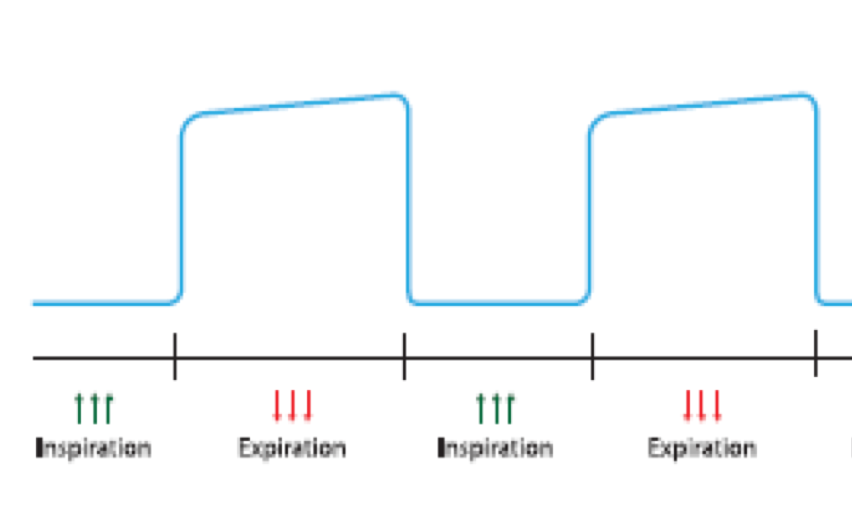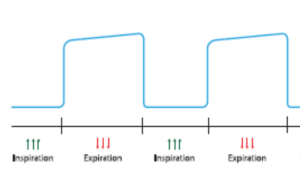Capnography Outside The Operating Room

Capnography Outside The Operating Room
Capnography has been part of standard monitoring when patients are under general anaesthetic in the operating room and has been mostly used by anaesthetists. But outside that environment, where anaesthetists don’t go often and nurses are usually in charge of administering drugs that affect consciousness and breathing, capnography hasn’t been used as much as it should be. This includes:
– Endoscopy
- Endoscopy
- Radiology
- Cath Lab
- Dentistry
- Fertility
- Small Procedures rooms
- Recovery rooms
- Critical Care Units
- A&E and others
Sedation is a drug-induced depression of consciousness, that ranges in a continuum from alert to general anaesthesia.
If sedation is a continuum and we don’t know how every patient will respond, it makes sense to make capnography a basic monitoring standard  outside the operating room. The House of Delegates of ASA has made this clear in their statement “During moderate or deep sedation, the adequacy of ventilation shall be evaluated by continual observation of qualitative clinical signs and monitoring for the presence of exhaled carbon dioxide unless precluded or invalidated by the nature of the patient, procedure, or equipment.” (2011) and so has AAGBI “Continuous capnography should be used for all patients undergoing moderate or deep sedation, and should be available wherever any patients undergoing anaesthesiaor moderate or deep sedation are recovered.” (2011 and 2015).
outside the operating room. The House of Delegates of ASA has made this clear in their statement “During moderate or deep sedation, the adequacy of ventilation shall be evaluated by continual observation of qualitative clinical signs and monitoring for the presence of exhaled carbon dioxide unless precluded or invalidated by the nature of the patient, procedure, or equipment.” (2011) and so has AAGBI “Continuous capnography should be used for all patients undergoing moderate or deep sedation, and should be available wherever any patients undergoing anaesthesiaor moderate or deep sedation are recovered.” (2011 and 2015).
Lack of training has been pointed as the most important factor preventing nurses from using capnography in their practice. However, this is putting patients at risk of respiratory compromise which is associated with increased mortality, length of stay, hospital costs and critical care readmissions.
Capnography is a crucial part of the training provided by SedateUK and we thrive with empowering professionals with new skills that they feel comfortable applying straight away. If you want to learn more about capnography, get in touch with us! The training is accredited by the Royal College of Anaesthetists and the Royal College of Nursing.

